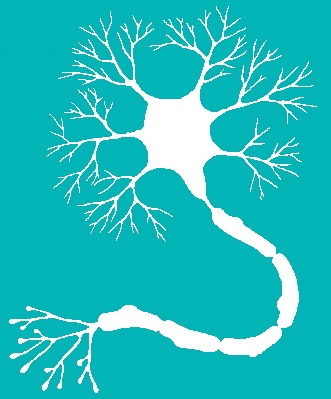 Neuronal
Development and Growth
Neuronal
Development and Growth

Proper Morphological Development Underlies Neuronal Functionality
In the brain, neurons communicate via synapses, tiny specialized structures connecting an axon from one neuron to the dendritic spine of a receiving neuron. Formation and maturation of synapses constitute one of the most fundamental processes in brain development. In mature neurons, synapses are constantly regulated in their structure and function, and synaptic plasticity underlies higher brain functions, including learning, memory, cognition and behavior.
Morphological polarization sets the foundation for synapse formation and efficient information transfer in the brain. Polarization is initiated by the selective rapid growth of a single neurite that will eventually differentiate into an axon, whereas the remaining sister neurites become dendrites. The scale of axon growth during neuronal polarization requires both a large energy supply to support increased protein and membrane synthesis and extremely active intracellular delivery. Cellular energy status is thus a key factor in initiating axon outgrowth and polarity formation. In all cell types, including neurons, the adenosine 5′-monophosphate (AMP)–activated protein kinase (AMPK) signaling cascade measures bioenergy homeostasis, with its activity level inversely related to energy sufficiency. AMPK, plays a crucial role in the regulation of axon initiation. Activation of AMPK to mimic energy-lacking conditions results in a halt in axon selection and growth, leading to a loss of neuronal polarization.
 ResearchGate
ResearchGate Google Scholar
Google Scholar Boston University
Boston University